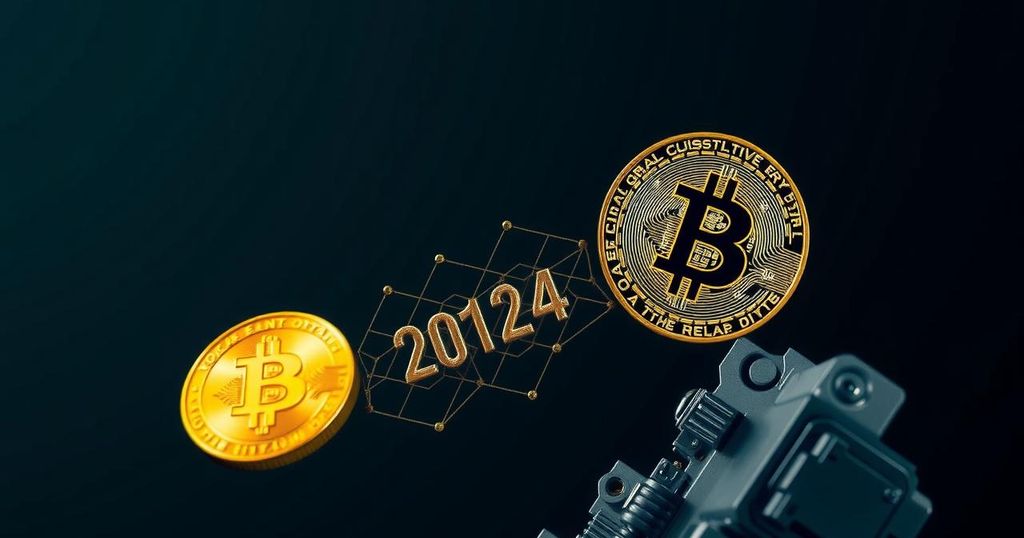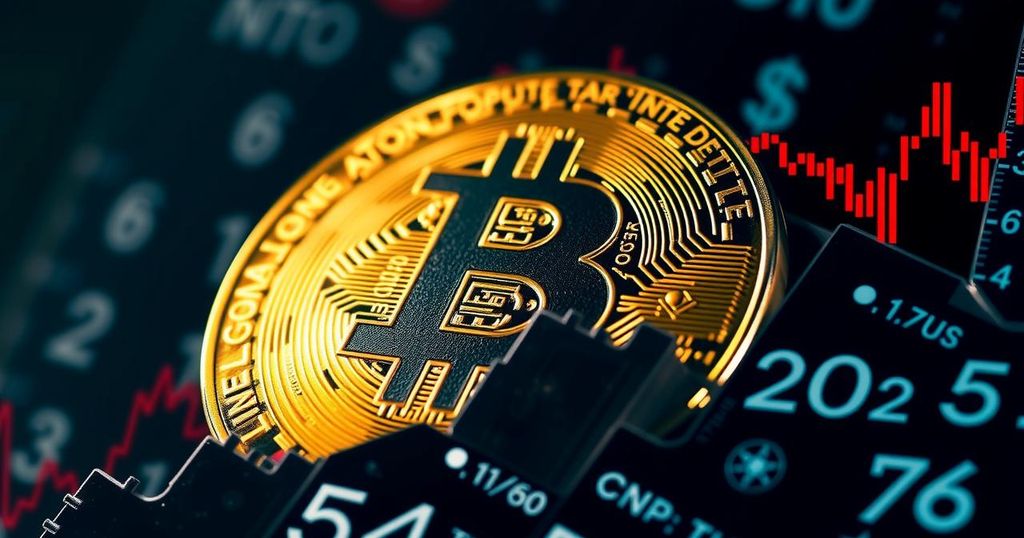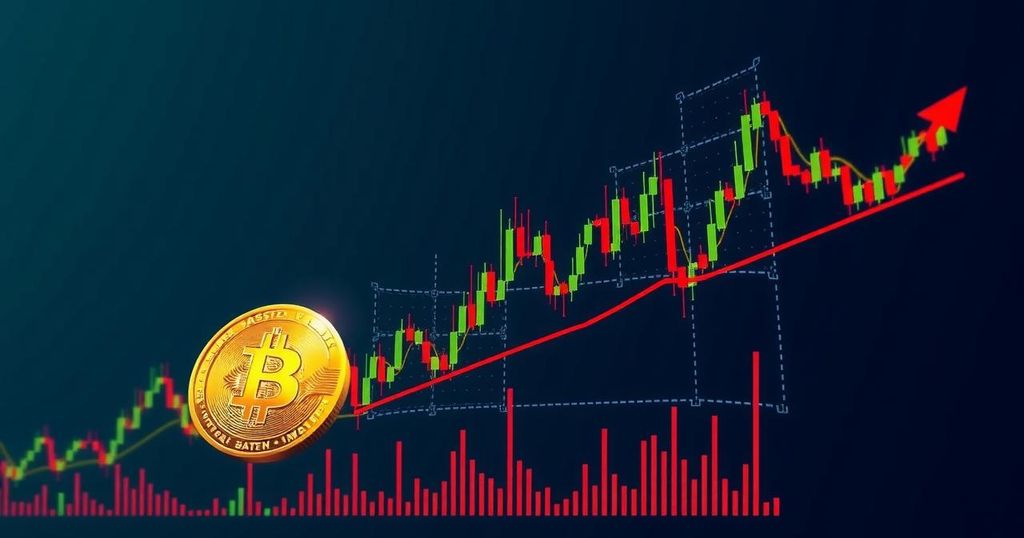Contrasting Monetary Policies: Impact on Bitcoin Amid Federal Reserve Rate Cut and Bank of Japan’s Steady Rates
Summary
The cryptocurrency market, led by Bitcoin, has surged following the U.S. Federal Reserve’s recent interest rate cut, while the Bank of Japan has opted to maintain its interest rate at 0.25%. This situation highlights the contrasting monetary policies between the two economies and illustrates the increasing role of digital assets as they respond to macroeconomic changes.
In the wake of the United States Federal Reserve’s decision to cut interest rates by 50 basis points, the cryptocurrency market, particularly Bitcoin, experienced a significant surge, with its value reaching approximately $63,000. This increase reflects a broader trend within the digital assets ecosystem to assert their relevance amid fluctuating monetary policies. In contrast, the Bank of Japan (BoJ) has opted for caution, maintaining its interest rate at 0.25% in light of persistent inflationary pressures. This divergence in monetary policy approaches between the two leading economies underscores the complexities of global finance and the ongoing evolution of cryptocurrencies as a potential hedge against inflation. Initially, the BoJ’s decision to hold rates steady comes against the backdrop of data indicating a 2.8% year-on-year rise in core consumer prices. Analysts had anticipated this move, recognizing the need for the BoJ to stabilize its economy without inciting further inflation fears. This prudent stance is particularly noteworthy given that while the Federal Reserve seeks to invigorate economic activity post-COVID-19 with aggressive rate cuts, the BoJ appears focused on assessing the impact of its prior rate adjustments. The implications of these distinct strategies are profound for both traditional and digital financial markets. The volatility witnessed in financial markets post-BoJ’s decisions has led to increased investor vigilance regarding potential monetary policy changes, which could further destabilize consumer confidence. Consequently, as Bitcoin and other cryptocurrencies continue to respond to the changing economic landscape, their growing acceptance as a store of value becomes increasingly evident. The recent Fed rate cut may pave the way for further gains within the crypto space, especially if inflation concerns persist in conventional markets. Conversely, the BoJ’s conservative approach may dampen investor enthusiasm domestically, particularly as inflation trends upward. Despite these contrasts, Bitcoin’s recent performance—surging 1.66% over a 24-hour period to trade at $63,434—demonstrates its capacity to reflect both local and global economic sentiments. It is anticipated that as the Bank of Japan navigates its inflation targets, it will strive to strike a balance that fosters economic growth while managing inflationary trends effectively.
The article discusses the differing monetary policies between the United States and Japan, particularly in the context of recent interest rate decisions made by their respective central banks. The U.S. Federal Reserve’s aggressive rate cut is contrasted with the Bank of Japan’s cautious approach in maintaining its interest rate. This financial backdrop sets the stage for an analysis of the implications on the cryptocurrency market, highlighting Bitcoin’s performance as a potential store of value amidst these monetary shifts.
In conclusion, the recently observed disparities in monetary policy between the Federal Reserve and the Bank of Japan reveal significant implications for global financial markets, especially the cryptocurrency sector. Bitcoin’s surge following the Fed’s rate cut illustrates its growing role as an asset class that reacts decisively to macroeconomic developments. Nevertheless, the Bank of Japan’s cautious stance may temper enthusiasm within its own financial markets. As the economic landscape continues to evolve, both traditional and digital assets will require close monitoring to assess their respective performances in response to ongoing monetary policy shifts.
Original Source: www.coinspeaker.com




Post Comment